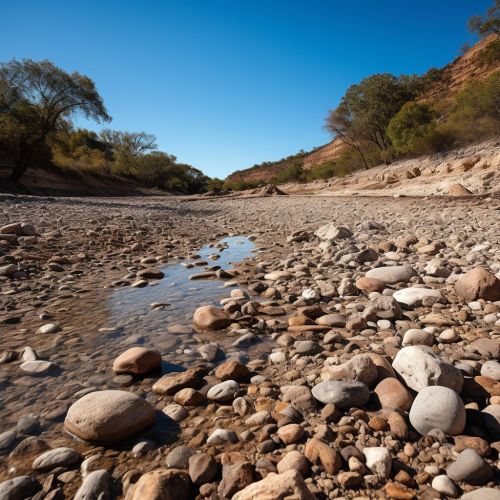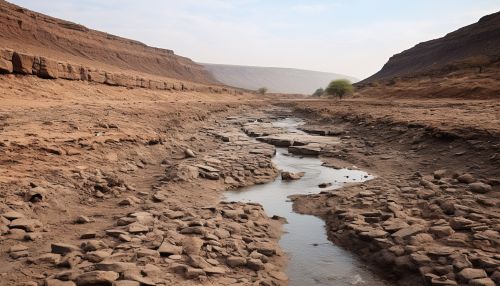Water Resources
Introduction
Water resources refer to the sources of water that are useful or potentially useful to humans. They are important because they are essential for life to exist. The uses of water include agricultural, industrial, household, recreational and environmental activities. All living things require water to grow and reproduce. The water cycle, through evaporation and precipitation, plays a critical role in the distribution and availability of water resources across the globe.
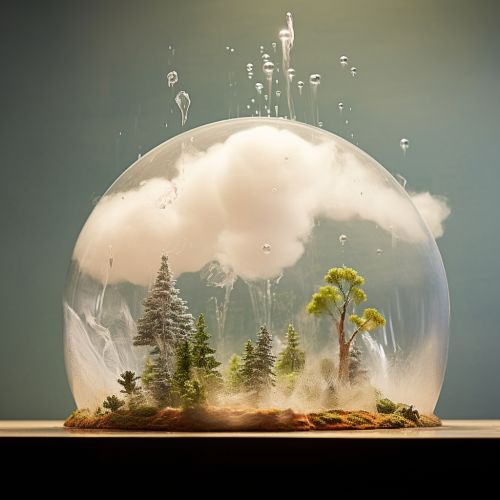

Types of Water Resources
Water resources can be categorized into two main types: surface water and groundwater.
Surface Water
Surface water is water that is on the Earth's surface, such as in a stream, river, lake, or reservoir. It is a primary source of water for human needs. Surface water is naturally replenished by precipitation and lost through discharge to the oceans, evaporation, and sub-surface seepage.

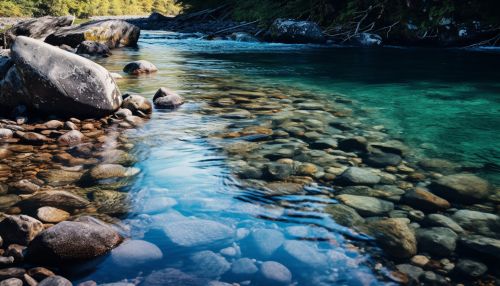
Groundwater
Groundwater is water that is found underground in the cracks and spaces in soil, sand, and rock. It is stored in and moves slowly through geologic formations of soil, sand, and rocks called aquifers.
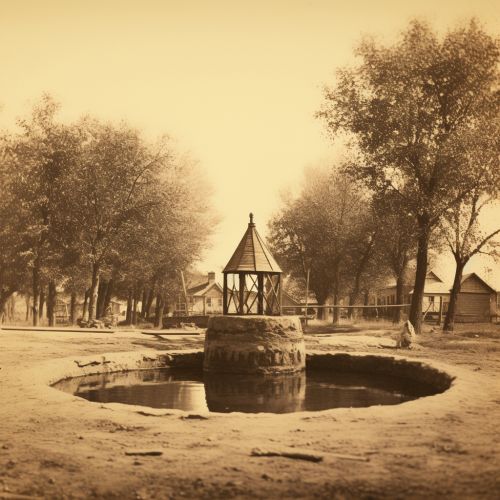
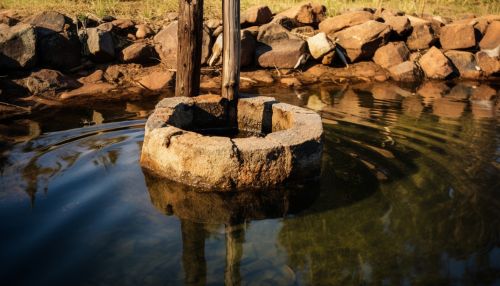
Water Use
Water resources are used in various ways, both directly and indirectly.
Direct Use
Direct use of water involves activities where water comes into direct contact with humans. This includes drinking, washing, irrigation, and industrial cooling.


Indirect Use
Indirect use of water includes activities where water does not come into direct contact with humans. This includes hydroelectric power generation, and environmental uses such as maintaining wetland habitats.
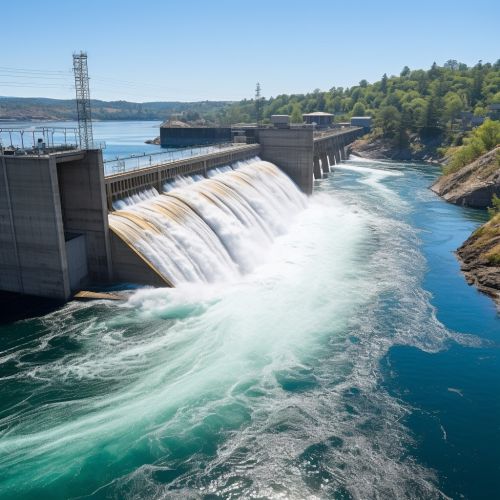

Water Management
Water management is the activity of planning, developing, distributing and managing the optimum use of water resources. It is a sub-set of water cycle management.
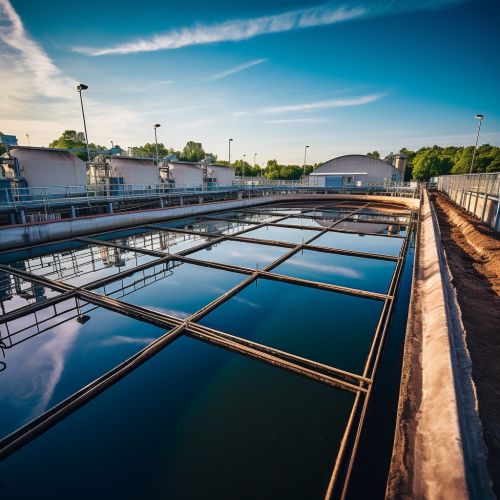

Water Scarcity
Water scarcity is the lack of sufficient available water resources to meet the demands of water usage within a region. It already affects every continent and around 2.8 billion people around the world at least one month out of every year.
